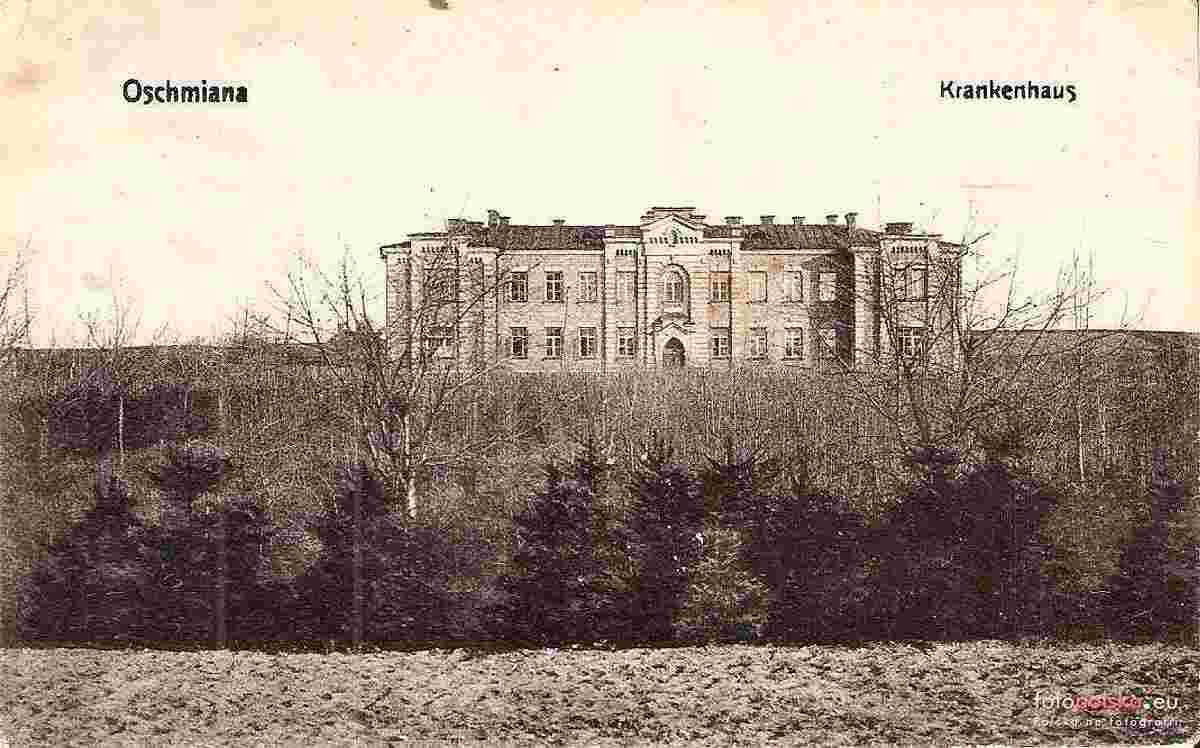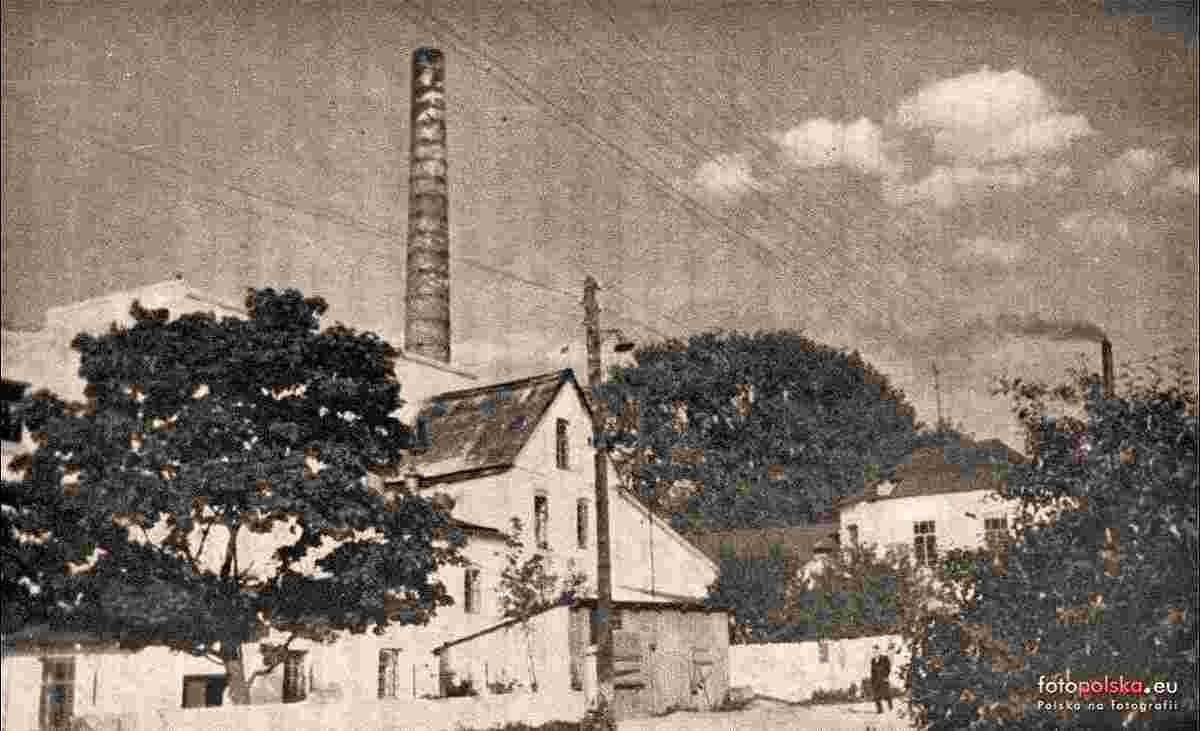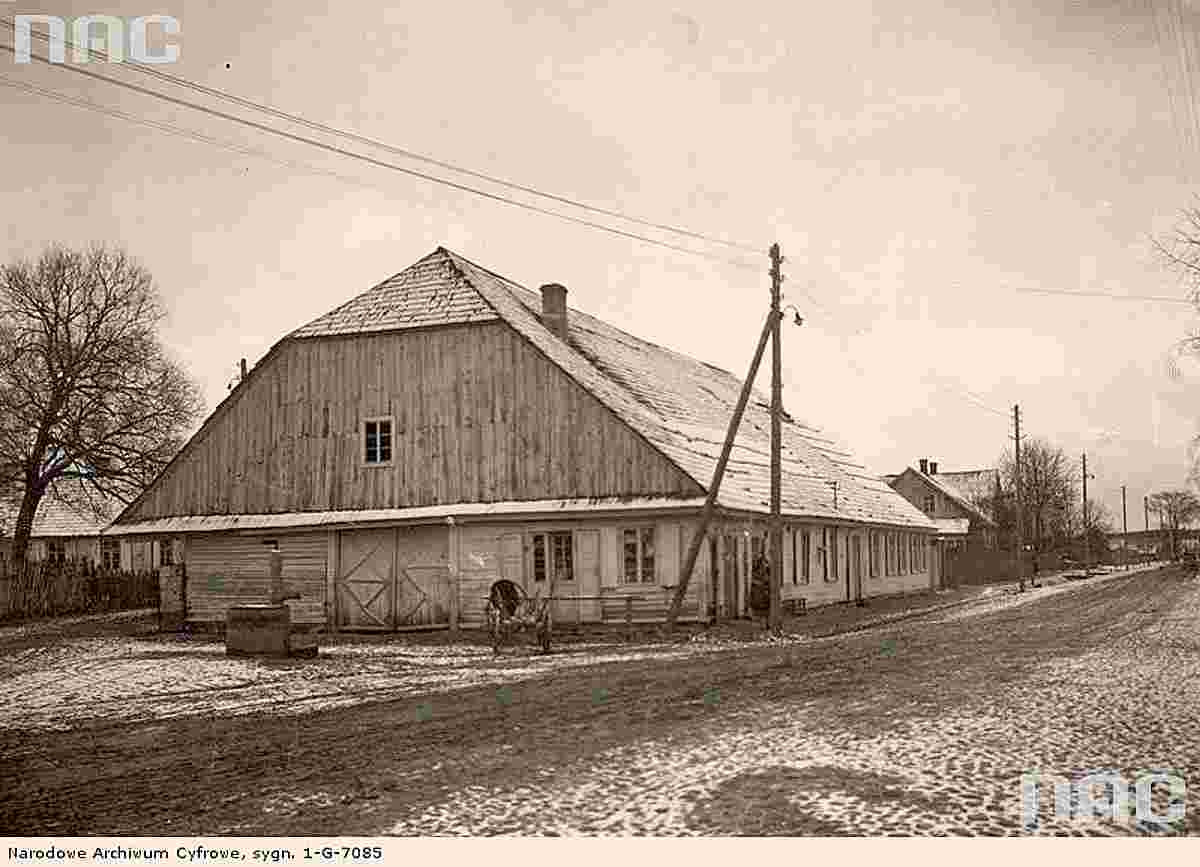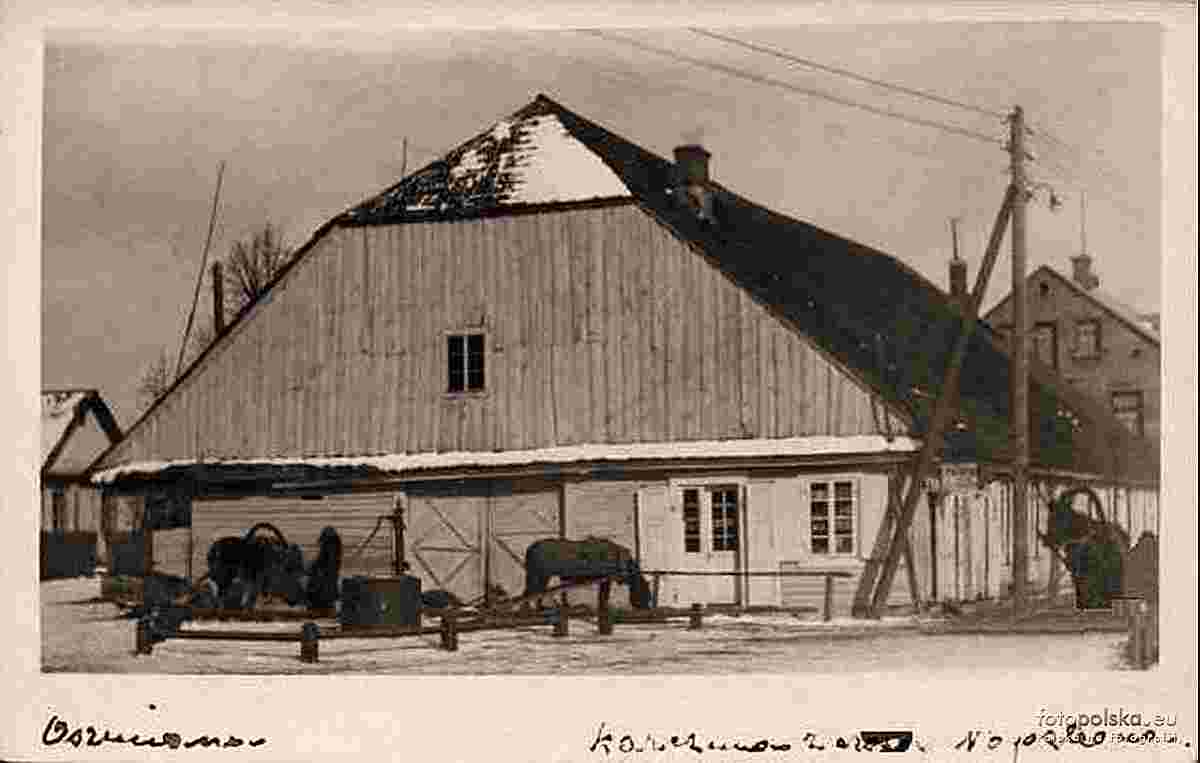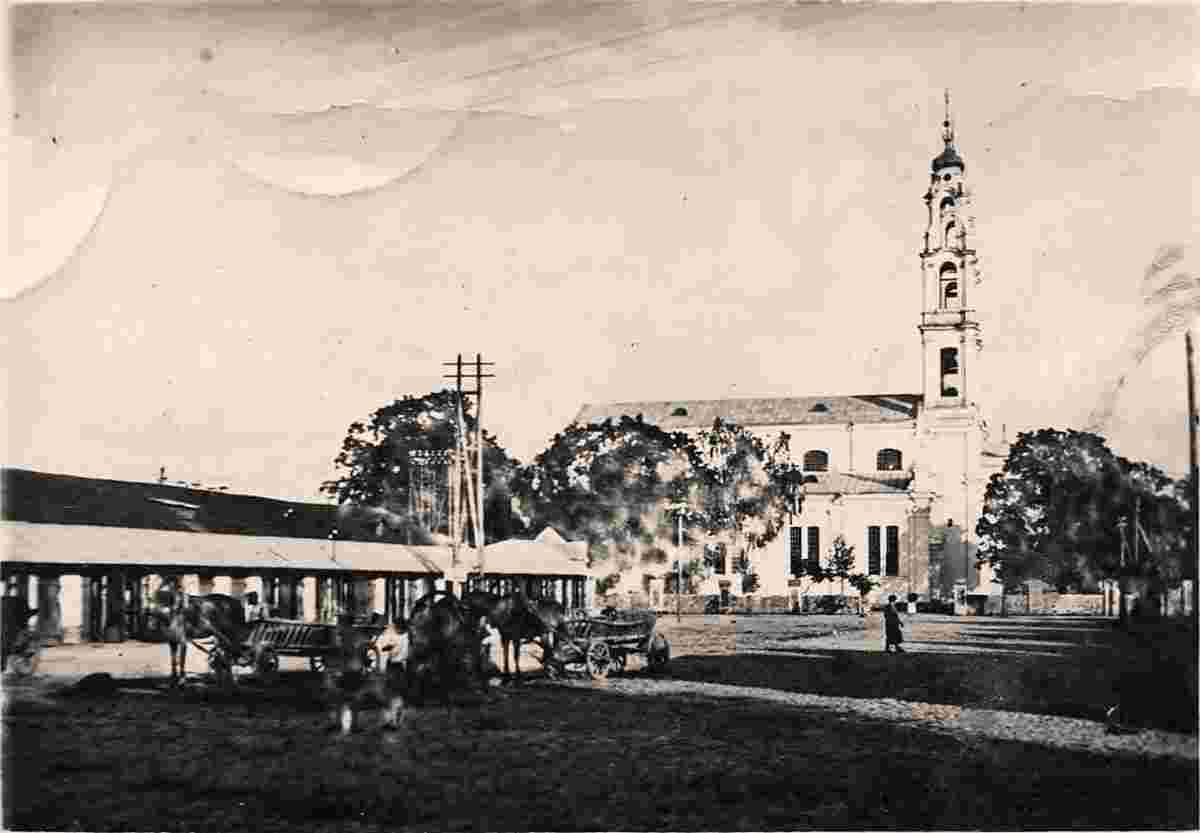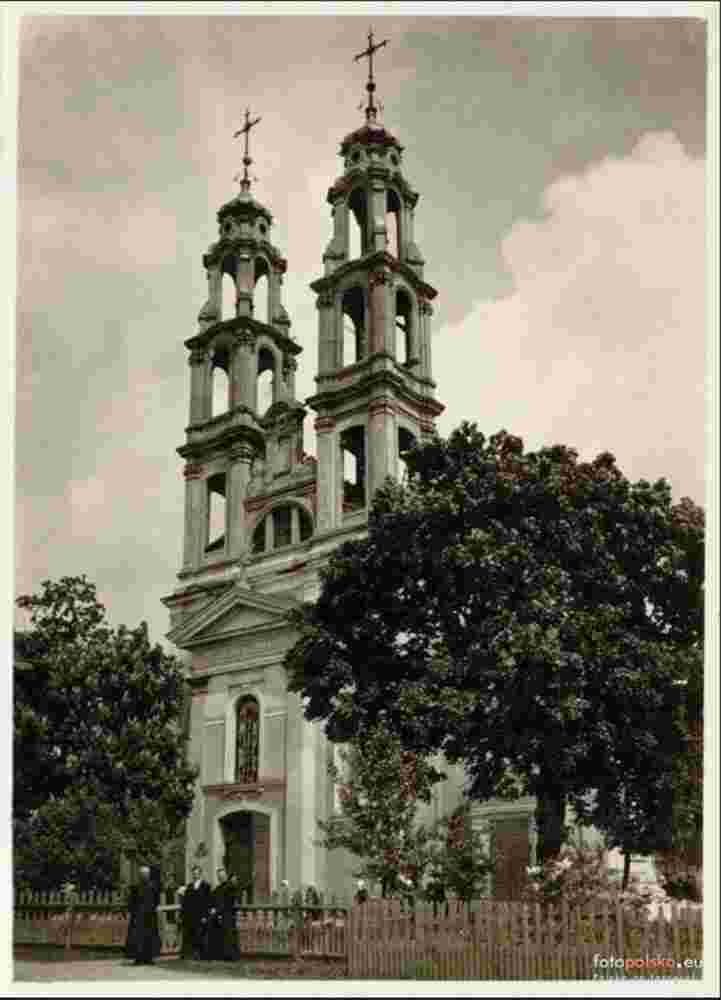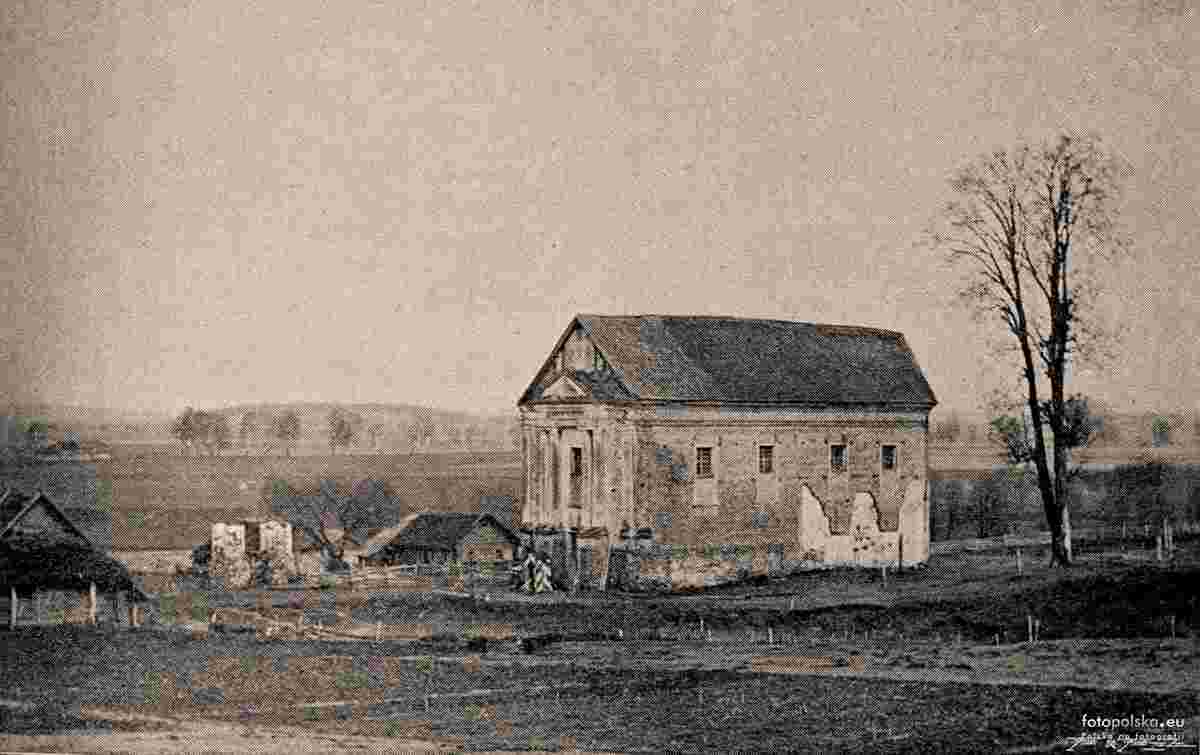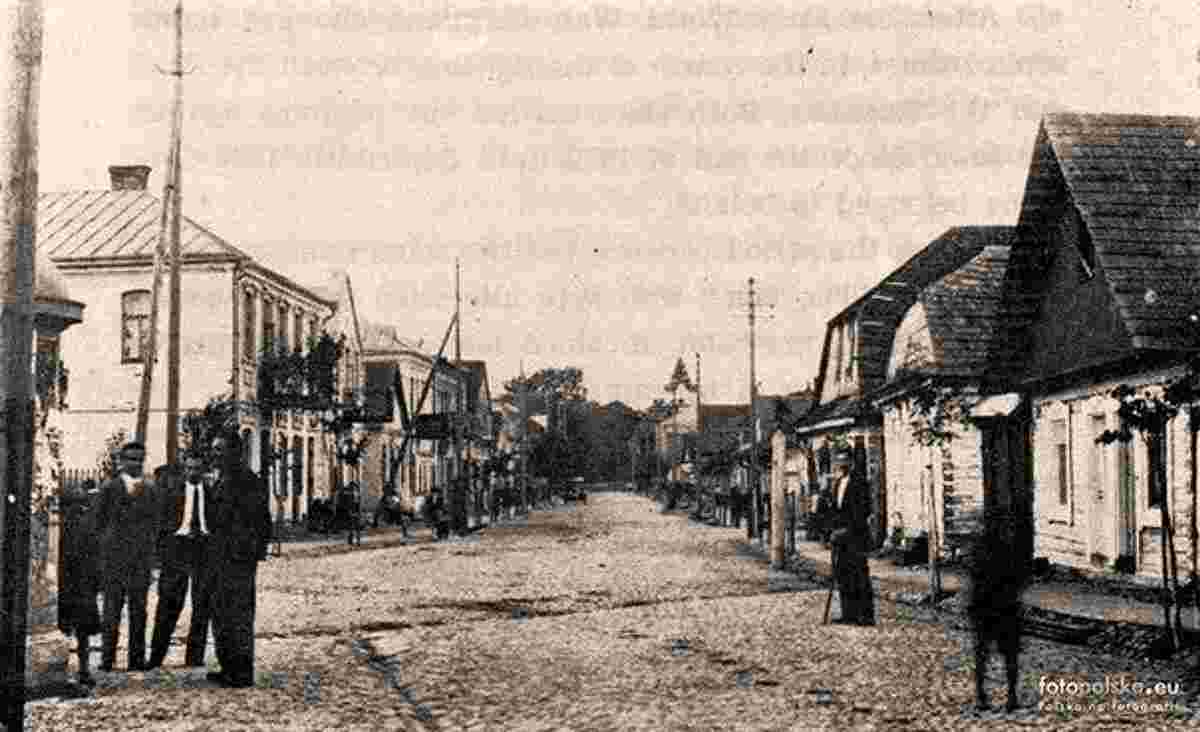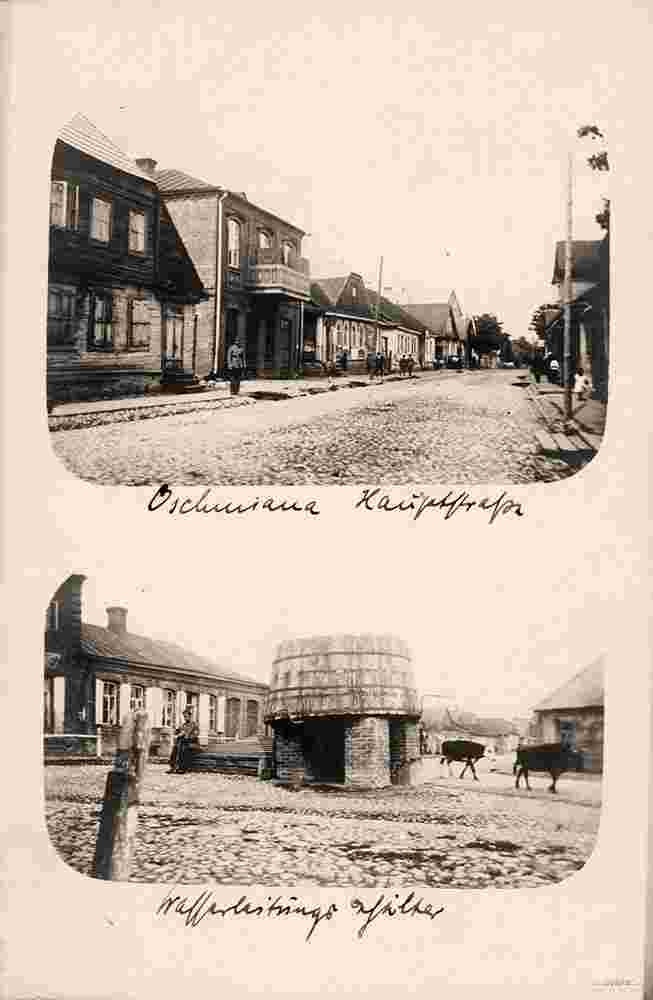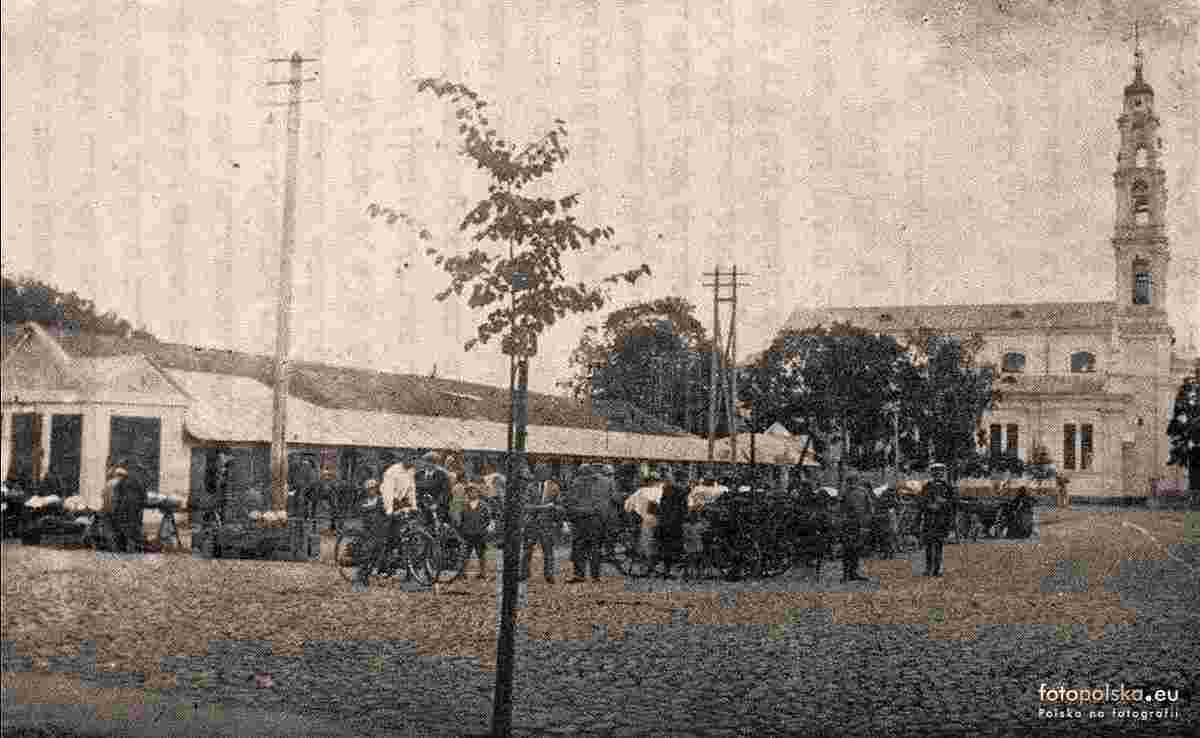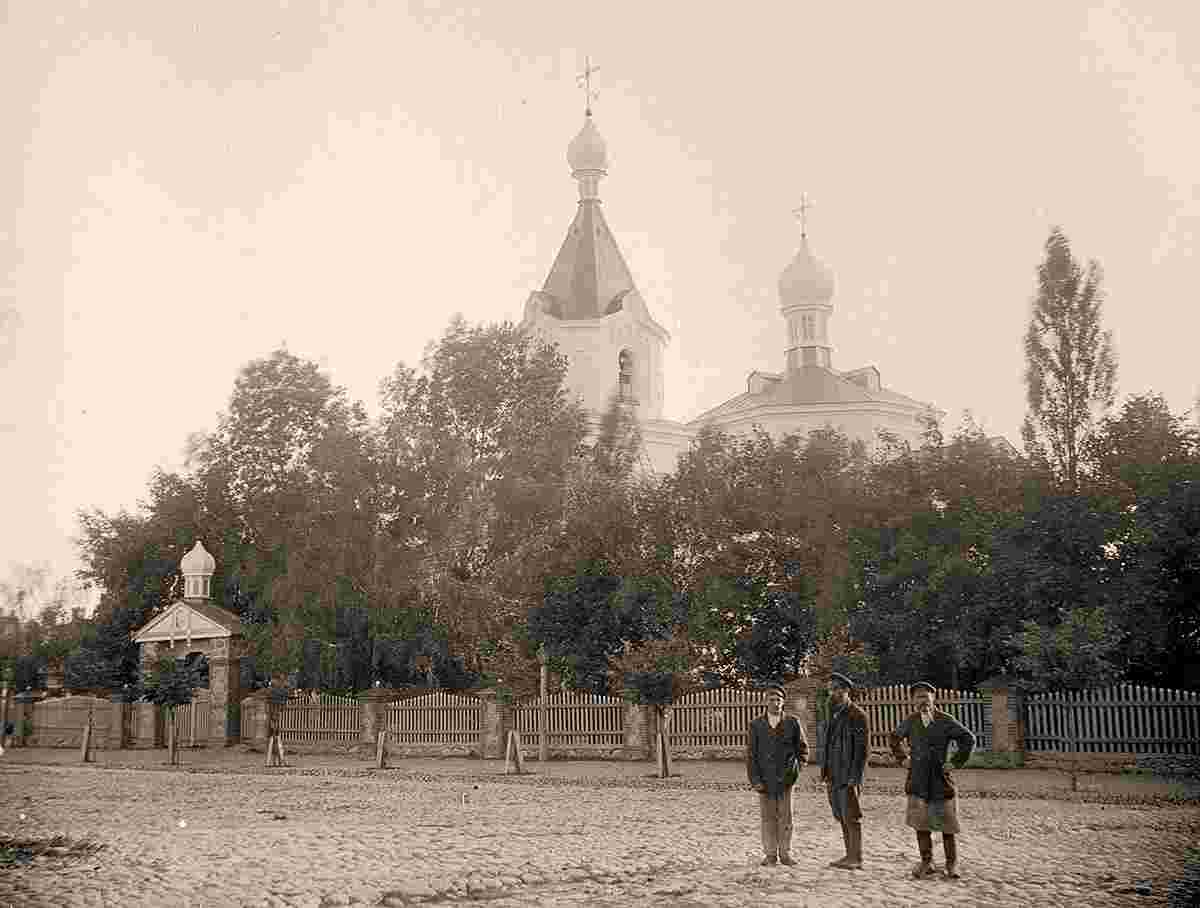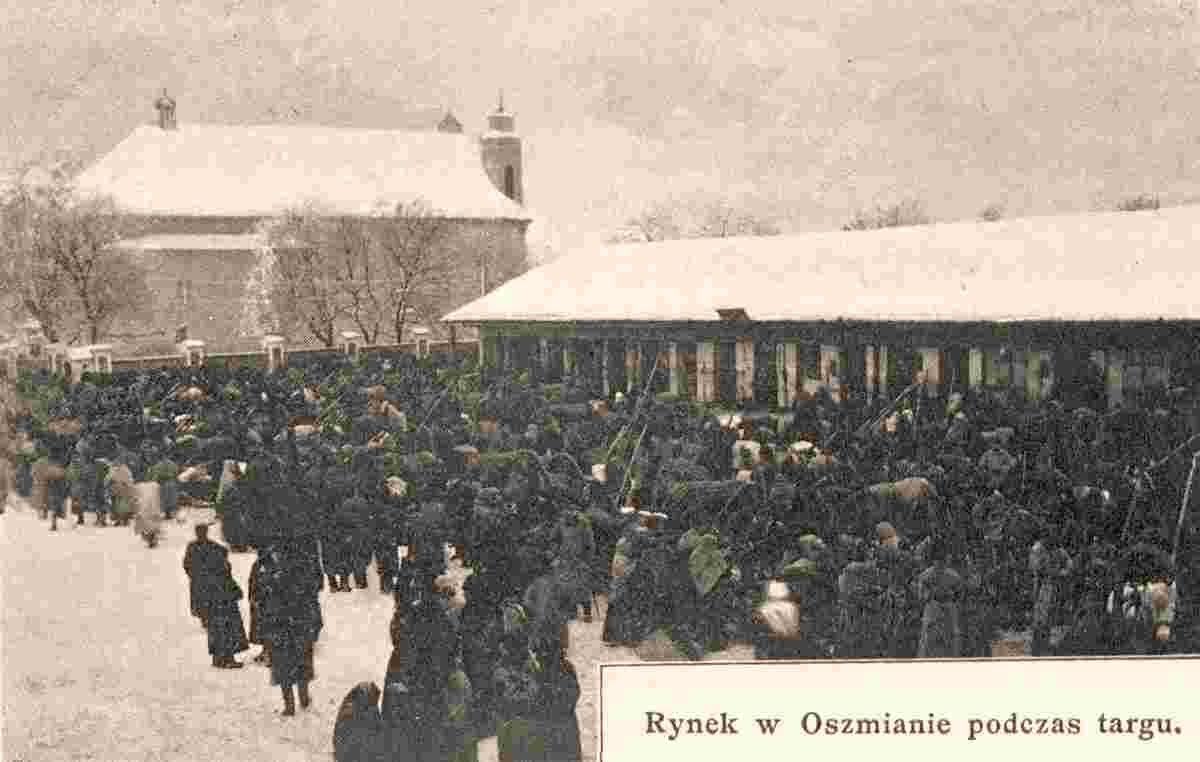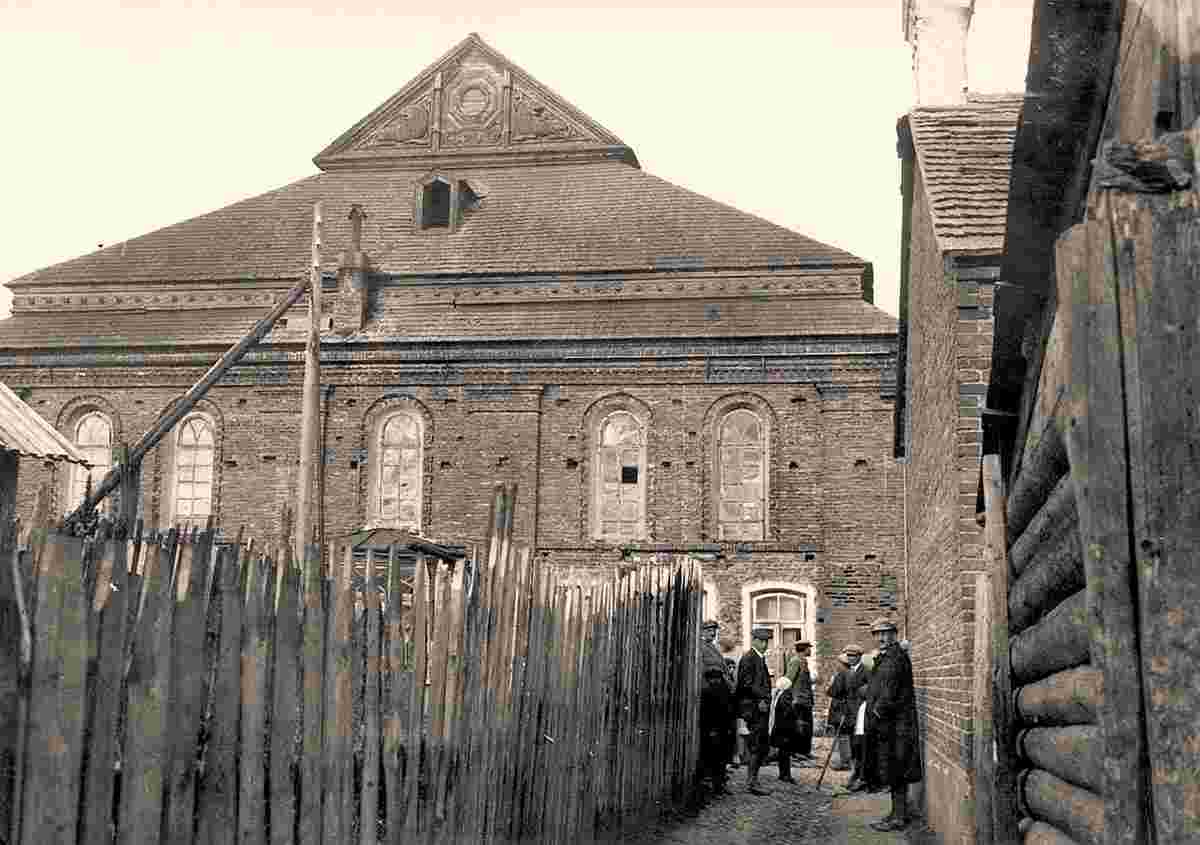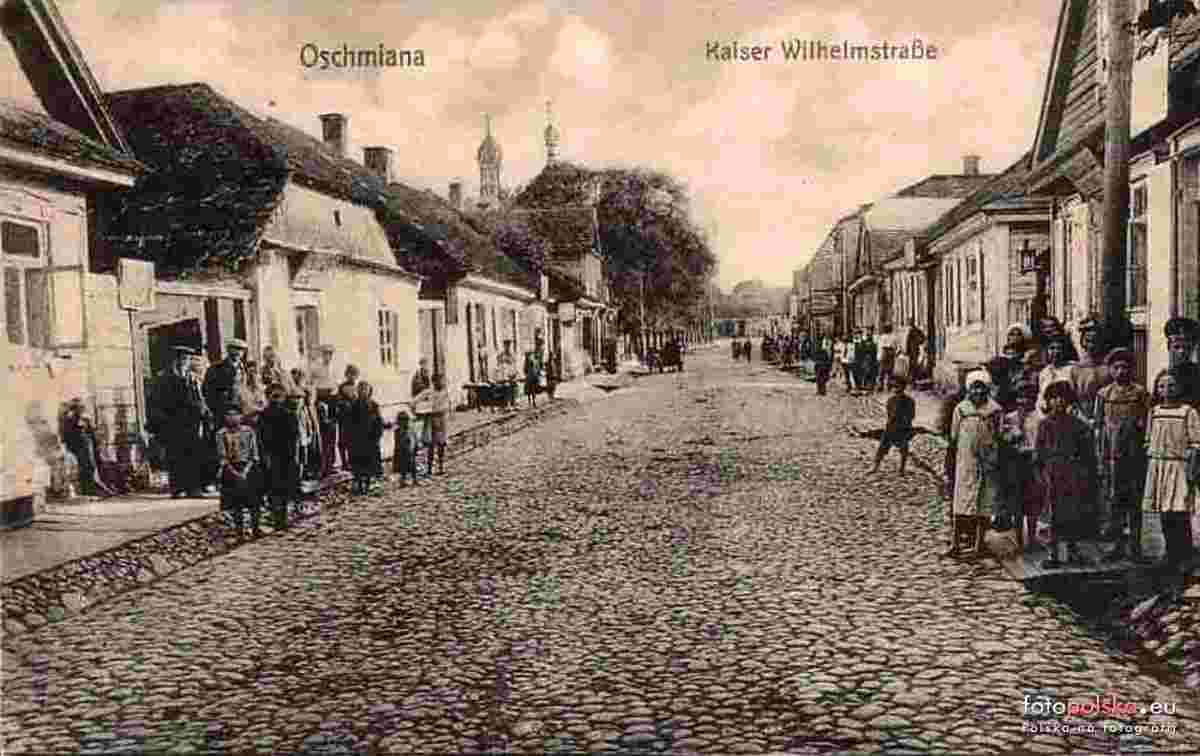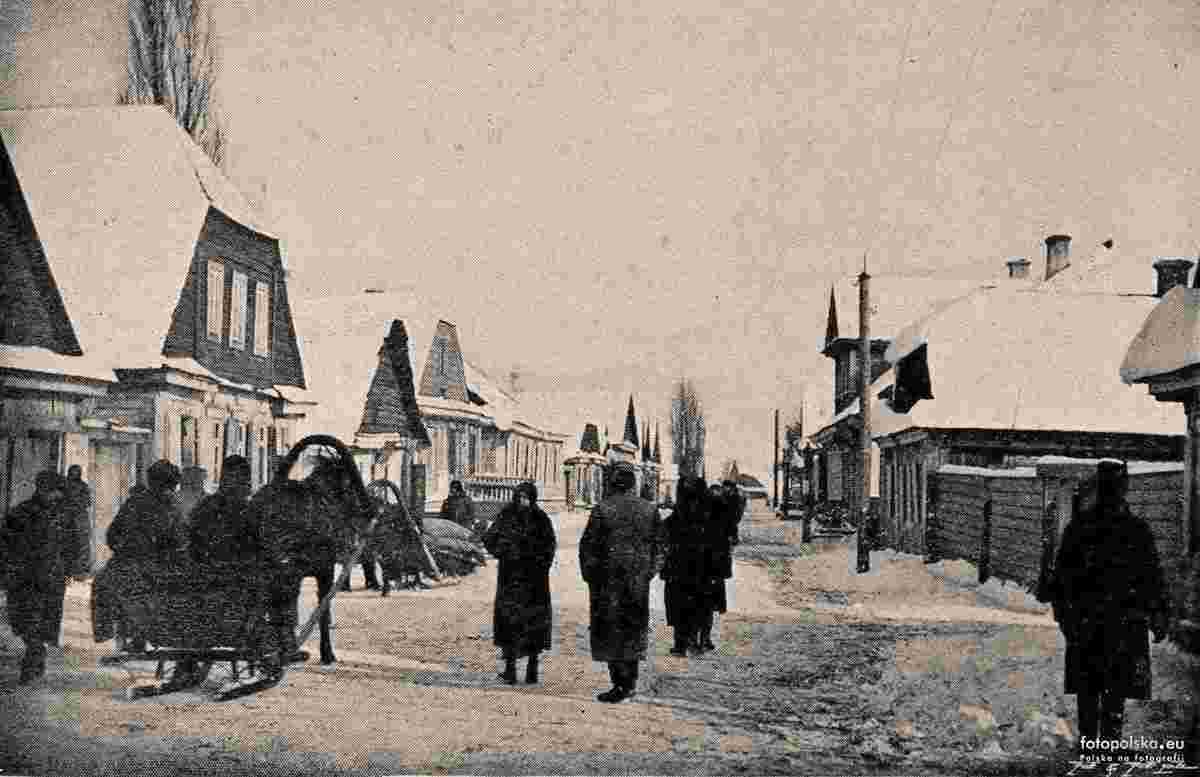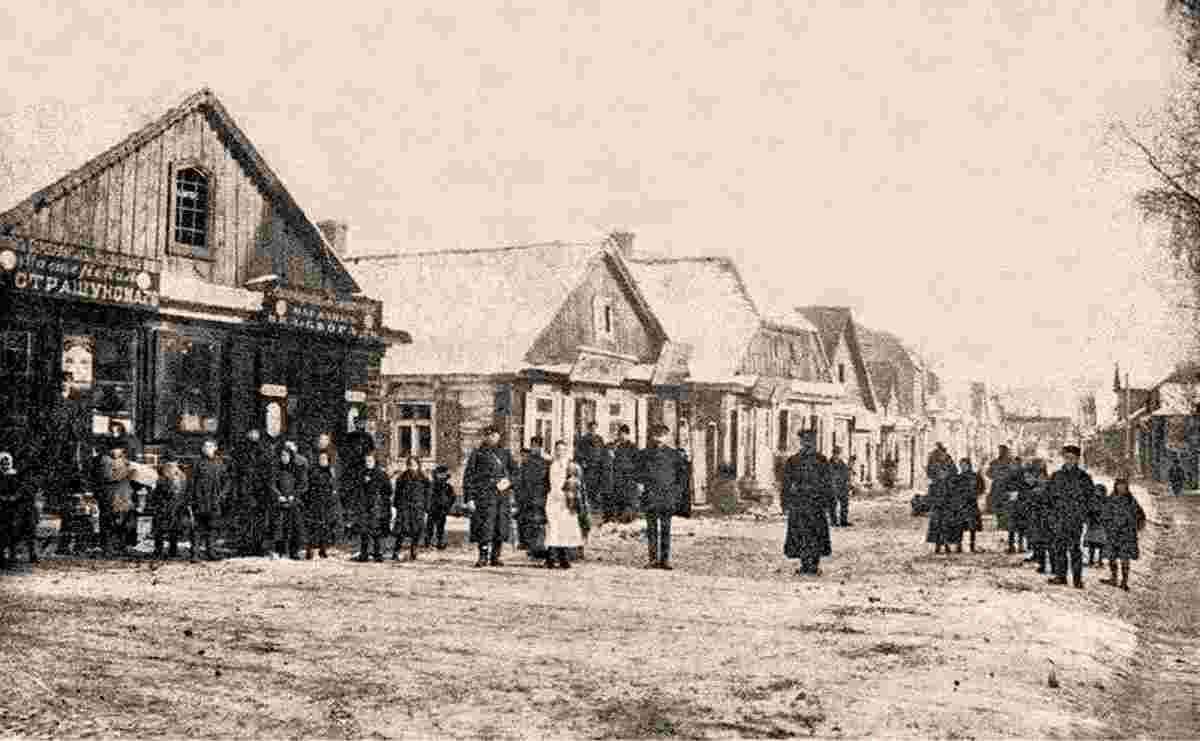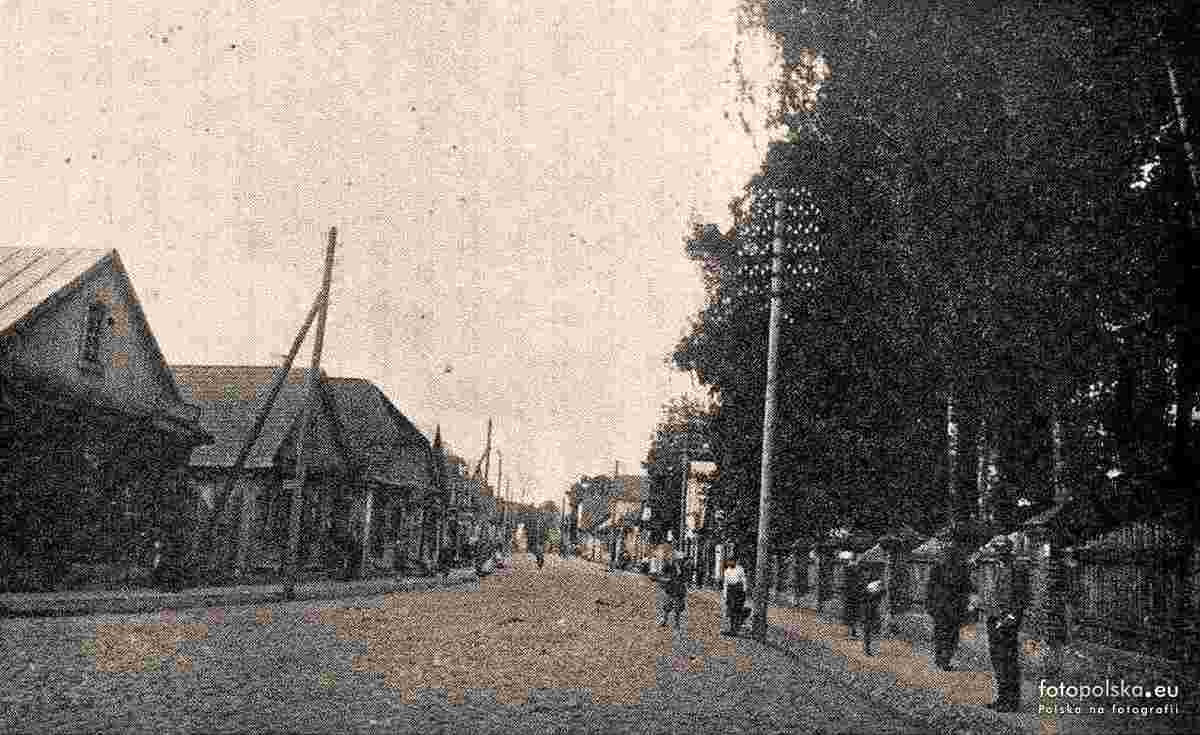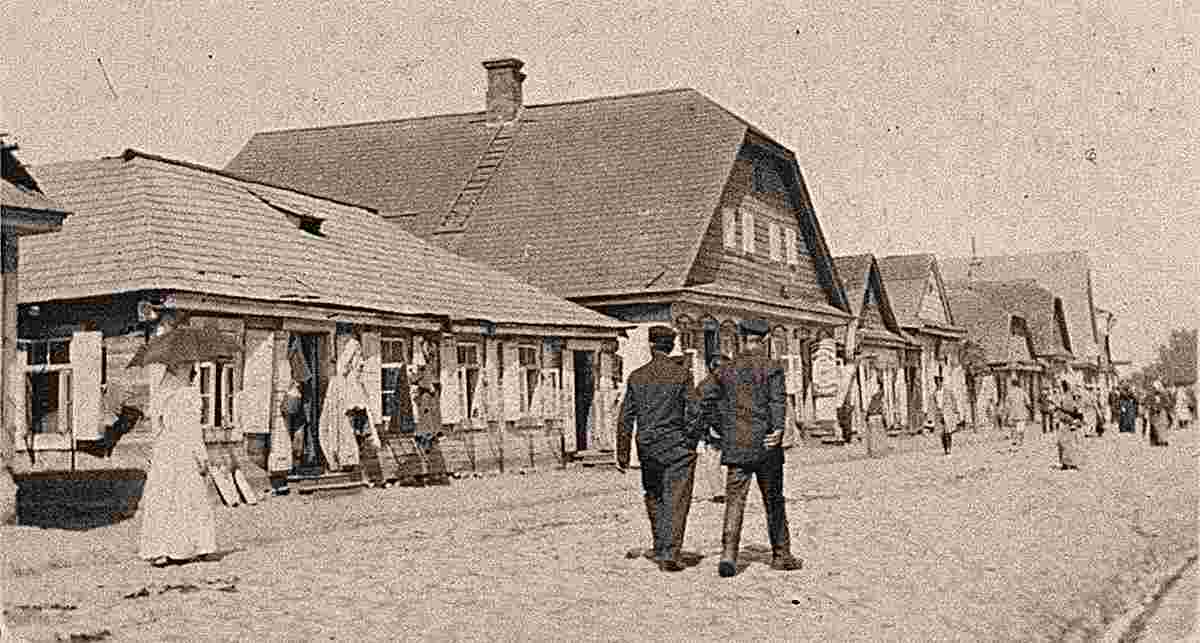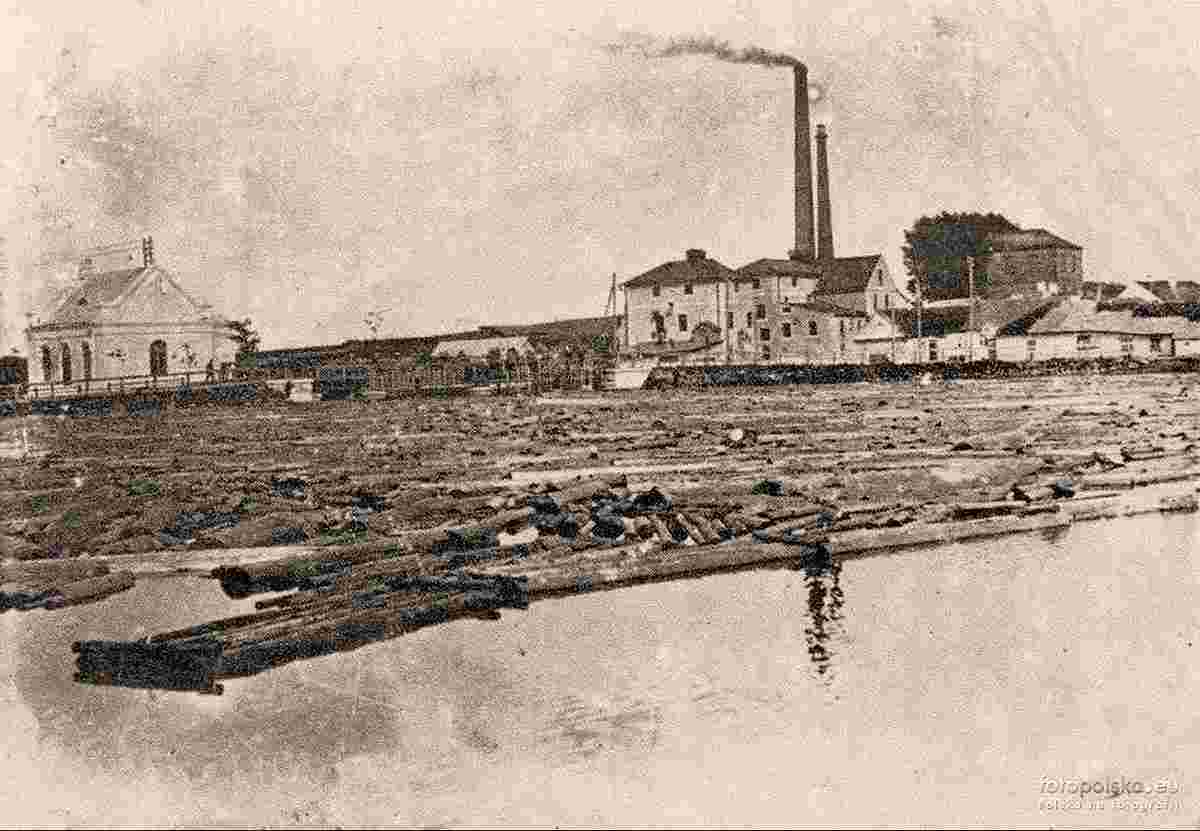History of Ashmyany (Ошмяны, Ашмяны) in photos
HistoryThe first reliable mention of Ashmyany, in the Lithuanian Chronicles, tells that after the death of Gediminas in 1341 the town was inherited by Jaunutis. In 1384, the Teutonic Knights attempted to attack Ashmyany as a beginning attempt to destroy the hereditary state of Jogaila. The Teutons managed to destroy the town, but it quickly recovered. In 1402 the Teutons attacked again, but were bloodily repelled; and the Teutons were forced to withdraw to Medininkai. In 1413, the town became one of the most notable centres of trade and commerce within the Vilnius Voivodship. Because of this, in 1432 Ashmyany became the site of an important battle between the royal forces of Jogaila under Žygimantas Kęstutaitis and the forces of Švitrigaila, who was allied with the Teutonic Order. After the town was taken by the royalists, it became the private property of the Grand Dukes of Lithuania and started to develop rapidly. However, less than a century later, in 1519, the town was yet again destroyed and burnt to the ground, this time by the forces of Muscovy. Ashmyany did not recover as quickly as previously, and in 1537 the town was granted several royal privileges to facilitate its reconstruction. In 1566 the town finally received a city charter under the Magdeburg Law, confirmed in 1683 (along with the privileges for the local merchants and burghers) by king Jan III Sobieski. In the 16th century the town was one of the most notable centers of Calvinism in the Polish–Lithuanian Commonwealth, after Mikołaj "the Red" Radziwiłł founded a college and a church there. In 1792, King Stanisław August Poniatowski confirmed all the previous privileges and the fact, that the town of Oszmiany, as it was then called, was a free city, subordinate only to the king and the local city council. It was also then that the town received the first Coat of Arms in its history. Composed of three fields, it featured a shield, a hand holding a scales and the Ciołek coat of arms, the personal coat of arms of the monarch. In the Partitions of Poland of 1795, the town was annexed by Imperial Russia. During the November Uprising it was liberated by the town's citizens, led by a local priest, Jasiński, and Colonel Count Karol Przeździecki. However, in April 1831, in the face of a Russian offensive, the fighters were forced to withdraw to the Naliboki forest. After a minor skirmish with a Polish–Lithuanian rearguard under Stelnicki, the Russian punitive expeditionary force of some 1500 officers and soldiers proceeded to burn the town and massacre the civilian population, including some 500 people, women, children and elderly, who had sought refuge in the Dominican Catholic Church. Even the local priest was murdered. Nothing is known of the fate of Ashmyany's Jewish citizens. In 1845, as the town was rebuilding, it received a new coat of arms, in recognition of its population increase. It never recovered from its earlier losses, and by the end of the 19th century it became rather a provincial town, inhabited primarily by Jewish immigrants from other parts of Russia 'beyond the Pale'. In 1912 the local Jewish community built a large synagogue. After the end of World War I and the withdrawal of the German army in 1919, Ashmyany was under Polish jurisdiction. Bolshevik activity threatened the town. The Polish armed forces defended the town against the invading Bolsheviks, and there still exist graves of Polish soldiers who died in that struggle. Finally after the Polish–Bolshevik War ended, Ashmyany was restored to Poland by the Treaty of Riga. It was a county center, first of Wilno Land, then of Wilno Voivodeship during Polish rule. Between the Polish Defensive War of 1939 and 1941 the town was held by the USSR and then until 1944 by Nazi Germany. At the very end of the Soviet occupation, on the night of June 22 and morning of June 23, 1941, the NKVD murdered and buried in one mass grave 57 Polish prisoners from Ashmyany. During the Nazi occupation, which began June 25, 1941, the Jews of Ashmyany were restricted to a ghetto; their spiritual leader was Rabbi Zew Wawa Morejno. It was governed under the Nazis by Generalbezirk Litauen of Reichskommissariat Ostland. On July 7, 1944, it was taken by the Red Army during the Vilnius Offensive. In 1945 town was annexed by the USSR and included as a part of the Byelorussian SSR. Since 1991, it has been a part of Belarus. It was a raion, or district center, in Vileyka Voblast between 1939 and 1941 and after 1944. Between 1944 and 1960 it was incorporated into Molodechno Voblast, until that Voblast became extinct. At that point Ashmyany became part of the Hrodna Voblast, where it remains today. Origin: en.wikipedia.org | |||||||||||||
 |
Old historical photos and pictures of Ashmyany, Belarus
Старыя гістарычныя фота і здымкі Ашмян (Ошмяны), Беларусь |
| Cities of the World • Countries of Europa • Cities of Belarus |
| Robinson Rd, CB 13862 Nassau, NP, The Bahamas |
